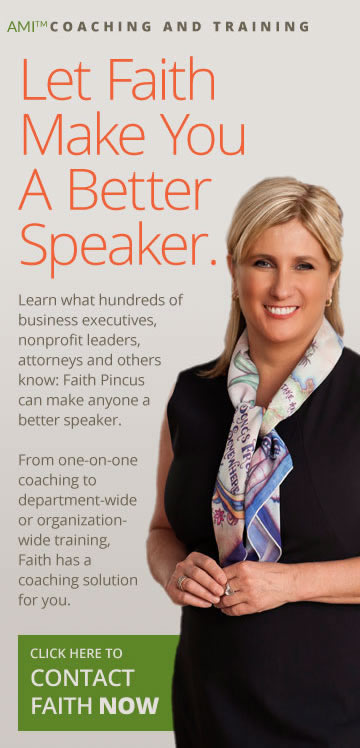Should you start off with a question? Do you have to ask?
Some speakers begin their presentations by asking the audience questions related to the audience, or to the audience’s perception of relevant topics. Beginning with a few questions can work well, if you avoid the problems. One advantage of starting in this way is to immediately get your audience participating in the presentation and learn more about them.
The disadvantage of starting with questions is that if used incorrectly, you start off on the wrong foot or lose valuable time at the beginning of your presentation. If you try to engage the audience and the results are obviously unsuccessful, you might look foolish – the group might feel like you’re not in control. As I’ve already mentioned, introductions should be brief, to-the-point and engaging.
If you would like to use this technique and reach out to your audience from the beginning, there are a few ways you can ensure it goes well. For instance …
The three rules of opening questions
- The Rule of Three — Don’t ask more than two or three questions. There is a fine line between feeling engaged as an audience and feeling interrogated. And the last thing you want to do is to annoy your audience in the first minute or so of your speech. They, like you, want to get going and get to the point.
- Don’t get bogged down in answers — Once you get your audience talking, don’t spend time analyzing the audience’s response. Instead, briefly comment on how they answer your questions and then move on. A lot of speakers can get bogged down or sidetracked by a particular answer or response. Guard against this whenever possible.
- Give clear instructions — Always tell your audience how they should respond when you ask a question — “just shout out your answer” or “raise your hand if…” Otherwise, the audience won’t really know how they are supposed to respond, and in some cases if they are supposed to respond, especially if your question sounds like it might just be rhetorical. You don’t want your first interaction with them to be an awkward pause.
Useful lines of inquiry
If you haven’t had time to interact with your audience one-on-one prior to your speech, these first few moments give you a chance to check in with them and find out a little bit more about them with a question. For example, you could say“Raise your hand if you’ve been in business less than five years,” or “Raise your hand if you’ve ever dealt with difficult customers or clients.” Their responses to these questions will allow you to get the information you need to adjust your presentation according to your audience’s answers. Sometimes the responses will surprise you and allow you to either emphasize or de-emphasize certain aspects of your speech. For example, if you discover that you have a majority of small business owners in your seminar, you might want to be sure to spend a little extra time on the subjects that are more relevant to their practice areas.
Of course, the question-and-answer technique is one that you can use throughout your presentation to ensure you are meeting their needs and not speaking under or over their heads. (It never hurts to check in with a “Is that clear?” or “Are there any questions about that?” at certain points during your presentation, if you want to get a sense of how they are following along.)


